In art, the chair implies presence as well as an absence
Above: “Ghost Town Chair” by Edward M. Fielding
I often use empty chairs in my photography work to imply the human occupation of space – past or present. Or the absence of humans. The chair is a stand-in for people, a character to occupy an otherwise empty space.
The chair can symbolize loss or the hope of a return. The chair can imply loneliness or a restful place to sit down after a long day or hike into the wilderness. A chair in a remote unexpected place can provide evidence of nearby human companionship or it can represent evidence of long-absent occupants in an abandoned space.
A chair is a familiar object. One we all use every day, an object distinctly created for the human body. The chair is a physical reminder of human occupation of space, a proxy for humans not currently in the space.
A chair can have character. Character-based on its design, based on its location, based on its condition, and even based on its placement in regard to other objects around it.
A chair implies an extended commitment to a place. On a long hike you might choose a rock as a perch for a short rest but investing the time and effort in making a chair, with all of its pieces and complex joinery, is a commitment to spending time in a place, to have a meal, to talk with friends, to read the newspaper, to create a home.
A chair can become a favorite. A chair can be a symbol of power from a king’s throne to a seat at the head of the table. A chair can become a familiar “friend” in a lonely life.
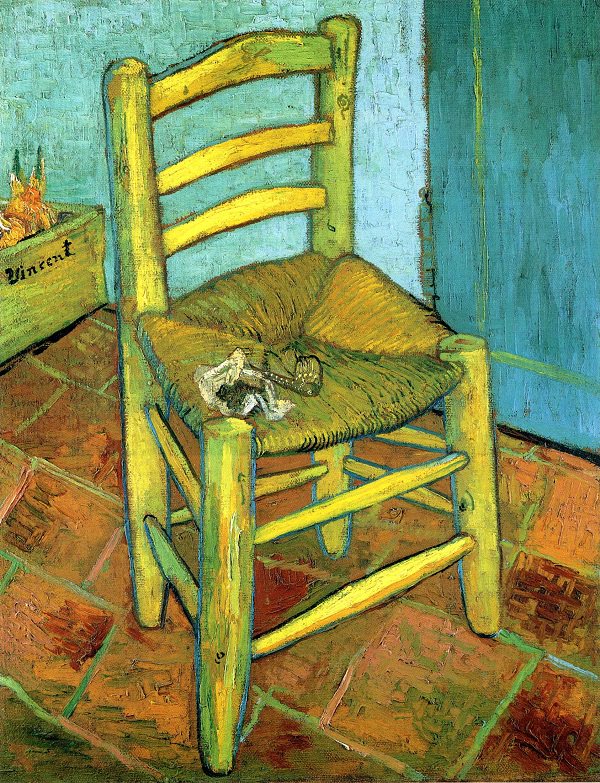
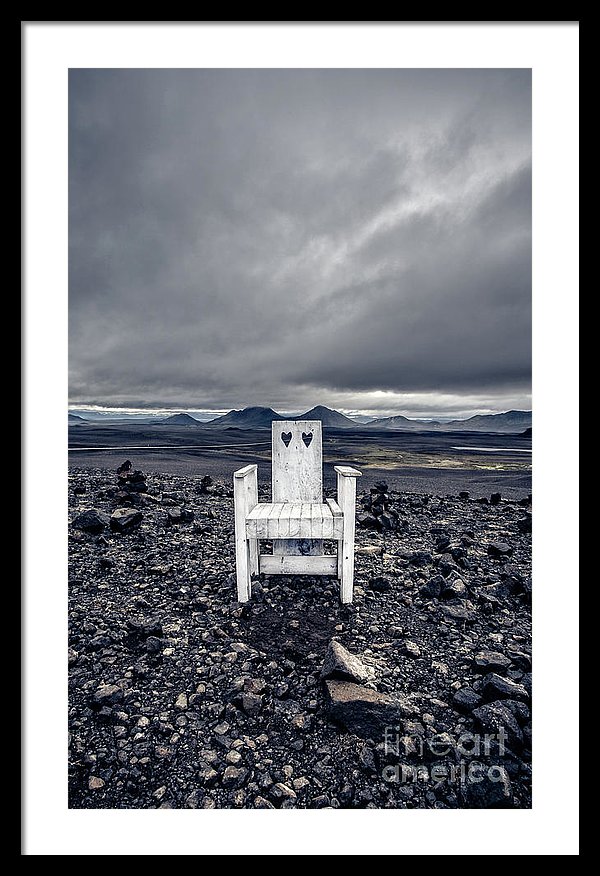
A single white chair in the middle of the dramatic, remote and harsh Iceland landscape can be seen as an oasis. This barren landscape provides no other place for a human to stop and rest for miles around. The chair as a refuge.
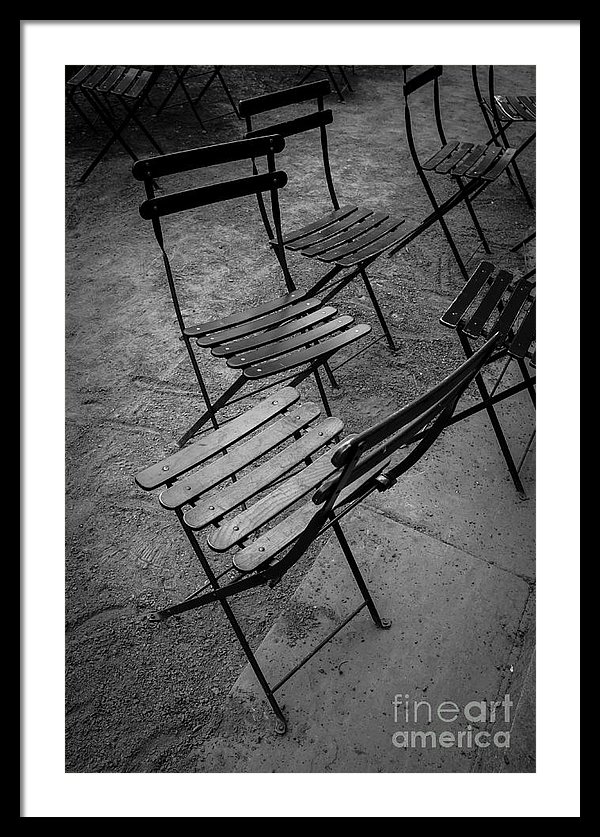
Multiple chairs in a park set at random angles suggest conversation and interaction such as these chairs in New York City’s Bryant Park.
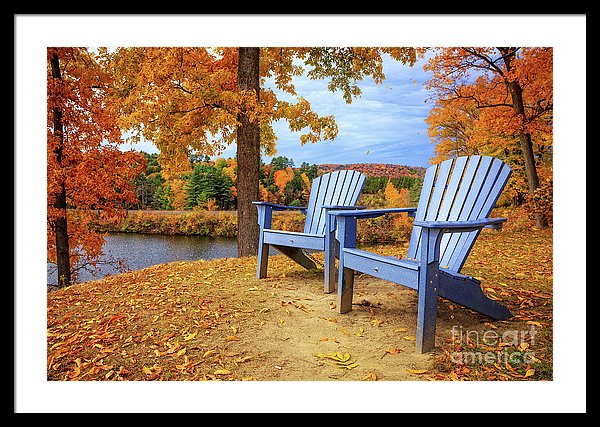
While a single chair can represent loneliness, two chairs imply friendship and companionship. One can imagine sipping wine with an old friend and shooting the breeze, taking in a beautiful autumn day in these chairs.
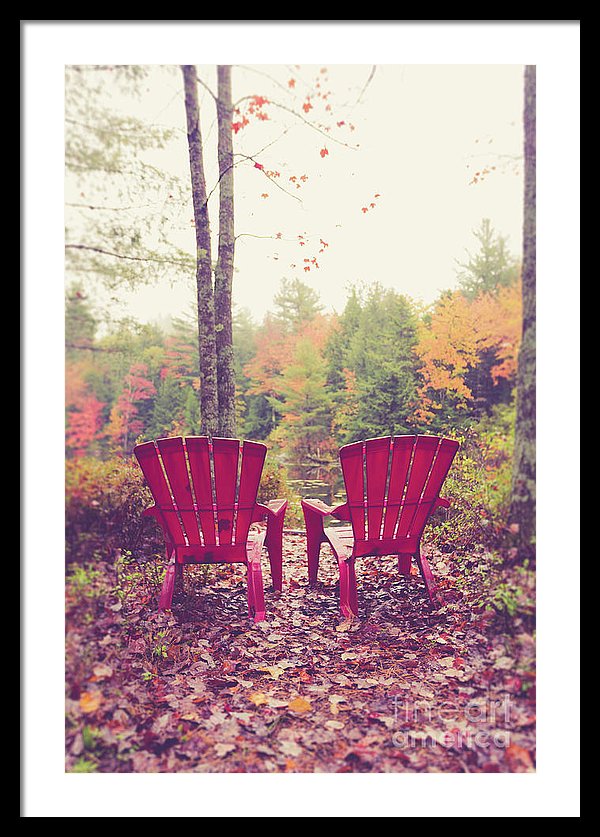
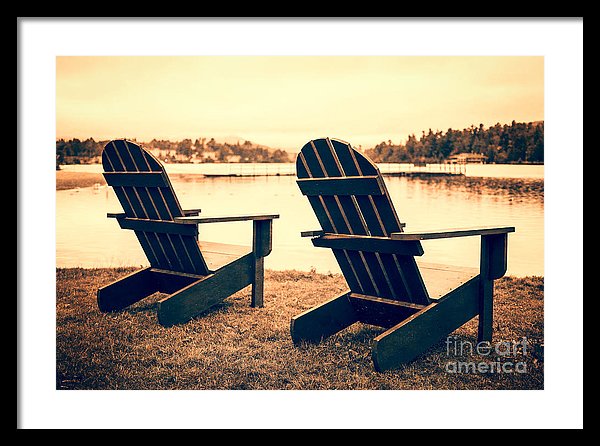
“At the lake” by Edward M. Fielding
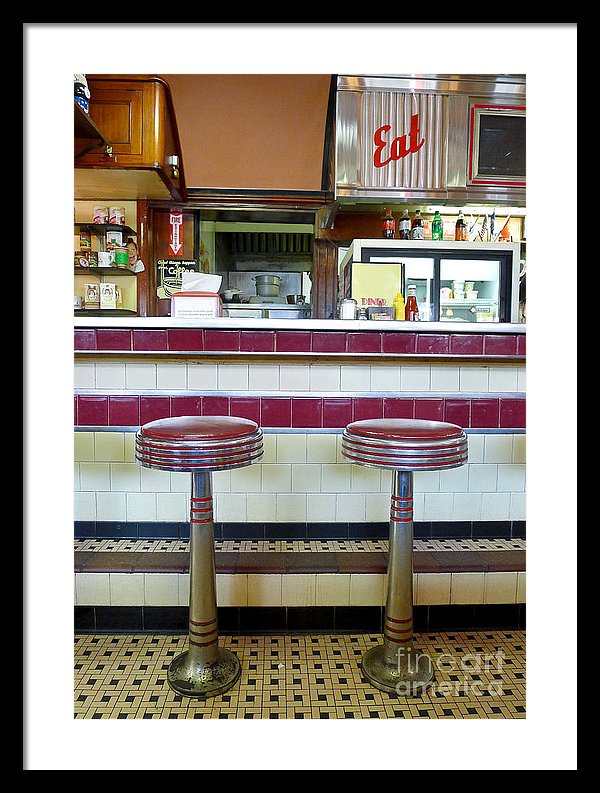
Single chairs on the other hand often represent a solo existence, perhaps a solitary life with a lack of companionship. The single chair with no mate seems to indicate the owner does not expect company.
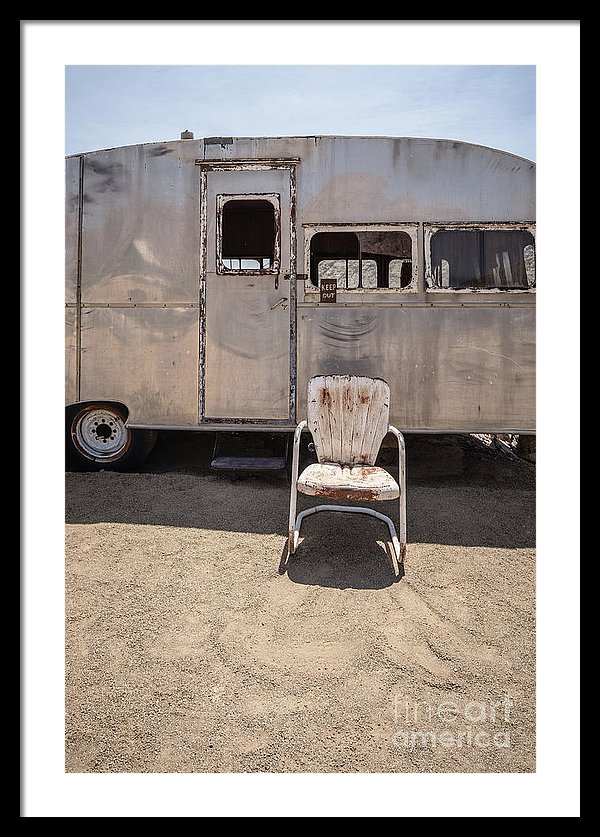
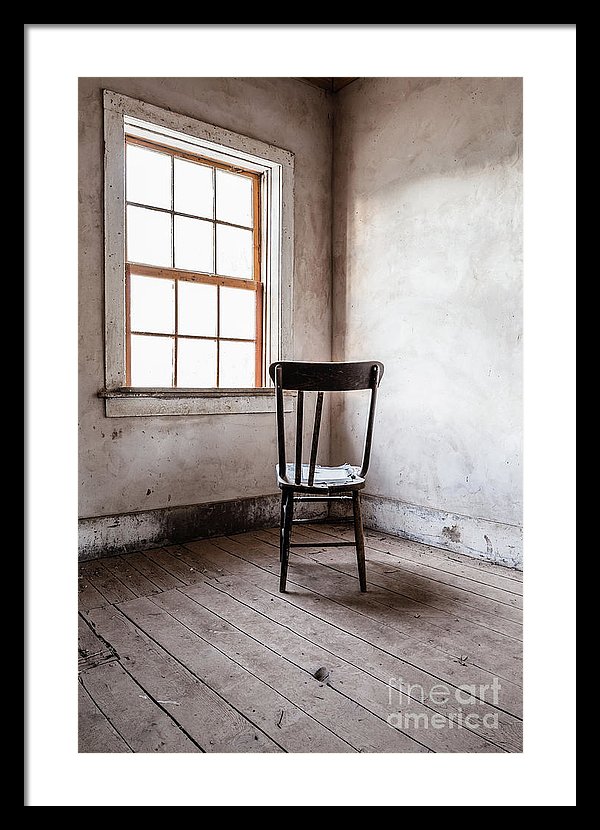
In this photograph of an old broken chair in a home among the ghost town buildings of abandoned Grafton, Utah, I positioned the single chair facing away from the camera to represent the missing populous of this forgotten town. A single chair represents the loss of human occupation in this space.